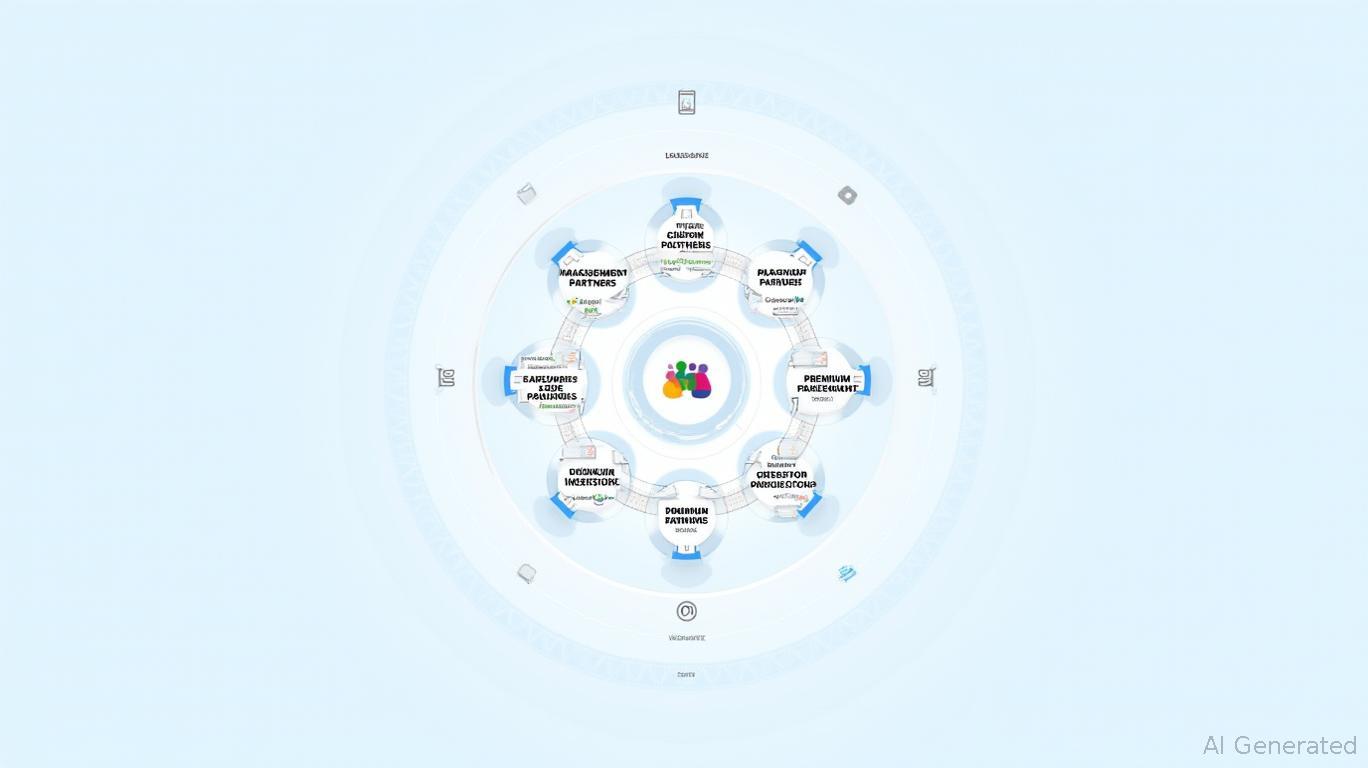Universal Ads' API Partner Program: The Blueprint for Dominating the TV Advertising Ecosystem
The TV advertising industry has long been a fragmented landscape, characterized by high entry barriers, siloed inventory, and complex workflows that favor large advertisers.
Ads, a Comcast subsidiary, is now upending this status quo with its API Partner Program—a strategic ecosystem designed to democratize TV advertising by unifying creative tools, measurement solutions, and premium inventory under a single platform. This move positions Universal Ads not just as a disruptor but as the architect of a new advertising paradigm. Here's why investors should take notice.Building an Ecosystem for the Modern Advertiser
Universal Ads' API Partner Program is more than a partnership initiative; it's a meticulously constructed ecosystem that addresses the two biggest pain points in TV advertising: content creation complexity and measurement opacity. By aligning with creative powerhouses like Canva and Waymark, Universal Ads ensures advertisers can produce TV-ready content without requiring in-house expertise. Meanwhile, partnerships with measurement firms such as Measured and INCRMNTAL provide real-time, outcome-driven analytics, transforming TV from a “vanity metric” spend into a measurable ROI play.

The program's marketing API is the linchpin of this ecosystem. By opening its platform to third-party developers, Universal Ads is fostering innovation at scale. This API-driven approach mirrors the success of digital platforms like Meta and Google, which built dominance by enabling developers to build on their ecosystems. For instance, agencies and small businesses can now use the API to automate reporting, optimize creative assets, or integrate TV campaigns with CRM systems—tasks previously reserved for Fortune 500 firms.
Why Fragmentation Is History
Traditional TV advertising has long been fragmented across multiple channels, requiring advertisers to negotiate separately with cable providers, satellite networks, and streaming platforms. Universal Ads' program consolidates this chaos. Its direct access to inventory from NBCUniversal, Warner Bros., and Paramount covers over 90% of U.S. households, eliminating the need for piecemeal deals. Combined with programmatic buying tools and AI-driven creative production, this creates a self-service model that lowers costs and simplifies workflows—a direct threat to legacy ad agencies reliant on middlemen fees.
The $5 million Incrementality Fund further underscores Universal Ads' ambitions. By subsidizing campaigns to prove TV's ROI, it's not just attracting brands; it's rewriting the narrative that TV is a “brand awareness” channel. This shift could reallocate billions from digital ad budgets back to TV, a space where Universal Ads is now the gatekeeper.
Data-Driven Momentum
Comcast's stock has outperformed the S&P 500 by 22% year-to-date, reflecting investor confidence in its media verticals. Universal Ads' program is a key catalyst: its API-driven model aligns with Comcast's broader push into streaming and digital integration (e.g., Peacock, FreeWheel). Meanwhile, traditional TV stocks like DISH Network (DISH) or Sinclair Broadcast (SBGI) have stagnated, highlighting the industry's need for modernization.
Investment Implications
The API Partner Program is a strategic moat for Universal Ads. By aggregating inventory, tools, and analytics into a single ecosystem, it creates network effects: more partners attract more advertisers, which in turn attract more developers. For investors, this is a buy-and-hold opportunity in Comcast, as Universal Ads' success will increasingly drive the parent company's growth.
However, risks persist. Competitors like Google (GOOGL) or Amazon (AMZN) could replicate the model, and adoption hinges on SMEs trusting TV's ROI. Yet Universal Ads' first-mover advantage and Comcast's scale in content distribution (via NBCUniversal) give it a formidable edge.
Final Analysis
Universal Ads is not just disrupting TV advertising—it's redefining it. By dismantling fragmentation and democratizing access, the API Partner Program has the potential to become the operating system of TV advertising. For investors, this is a rare chance to bet on a company that's reshaping a $70 billion industry. The ecosystem is already in place; now it's about execution.
Investor Takeaway: Consider overweighting Comcast (CMCSA) in your portfolio, particularly if you believe in the convergence of traditional and digital advertising. Universal Ads' ecosystem is a long-term growth story with minimal competition in its current trajectory.
Data Note: Stock price data as of June 6, 2025. For real-time performance, consult financial platforms like Yahoo Finance or Bloomberg.

Comments
No comments yet